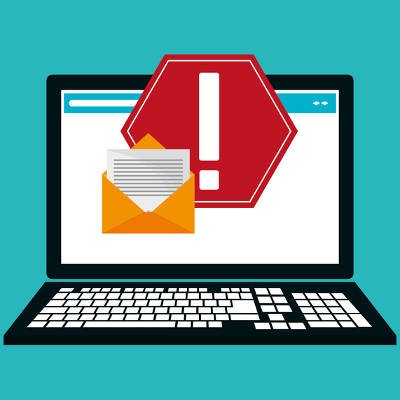Global Tech Solutions Blog
Every organization needs to have a certain level of cybersecurity protection in place. That includes firewalls, antivirus, VPNs, encryption, and centrally managed security policies. Even so, many modern cybercriminals know that businesses have these protections in place, and they are working out ways around them.
Phishing attacks are the most common attack vector used by hackers, and while it helps to know what a phishing attack looks like, it’s also good to know what they don’t look like. The latest example of a phishing attack takes this to an extreme, utilizing blank messages to confuse recipients in a creative take on phishing attacks.
One of the more overlooked parts of cybersecurity attacks involves social media and social engineering tactics targeting it. If you’re not careful, you could be putting yourself at risk of attacks through social media. How can you ensure that your staff members are keeping security at top of mind even when using social media? Let’s find out.
Let’s begin with a cold, hard fact—if a business has been targeted by cybercrime from an outside source, there is a 68 percent chance that another attempt to access their network will come within one year. This statistic comes from Crowdstrike, a cybersecurity solutions provider. Despite this reality, there seems to be a perception that there’s some unwritten rule somewhere that a company can only be attacked once.
We’re all familiar to some degree with the security measure known as CAPTCHA. You know the one—you usually see it when filling out forms or logging into sites online, where you have to prove that you’re a human being by identifying which of a variety of images fit a certain description. You may have noticed that these tests have gotten far more difficult over time. This is because, predictably, computers are getting better at beating them.
We’ve all caught the obvious spam email, like the message that is clearly bogus, or the offer that is definitely too good to be true.
We’re going to confidently assume none of our readers are getting tricked by Nigerian Princes or getting roped into order virility drugs from an unsolicited email. The real threat comes from the more clever phishing attacks. Let’s take a look.
As nice as it would be to always please everybody with your business services, it just isn’t going to happen. Sooner or later, you’re going to encounter someone who isn’t pleased, and they’re going to have the capability to do some damage to your reputation. Fortunately, there is a way you can mitigate this damage.
While many of us rely on phones to remain productive during the day, too often are we now picking up the phone to a spammer’s snake-oil sale: “Hello, we are reaching out to inform you that there has been an issue with your account” or similar nonsense. While this is enough of an irritant in our daily lives, it isn’t as though a business can wait for a call to go to voicemail to find out if it was legitimate or not.
You don’t need us to tell you that it’s extremely dangerous to hand out information to just anyone that contacts your business. This is important to keep in mind, especially considering how the majority of threats can be sent via email. You’ll likely encounter situations where you need to consider whether or not to click on attachments, as you could potentially put your business at risk.
Chances are, you’ve heard of spam, but many don’t know how to identify it in the first place, let alone work around it. Frankly, spam can cause some serious damage to your business if not properly dealt with. In today’s blog, you’ll learn what makes spam, “spam,” and how you can keep it from infecting your inbox.
It doesn’t matter which industry your organization falls into. Your business will always be susceptible to threats in some way, shape, or form. Therefore, it’s your responsibility to ensure that your business understands how to protect itself from these threats, before it’s too late. We’ll help you learn more about the various issues that you need to watch out for, and what you can do to stop them.














